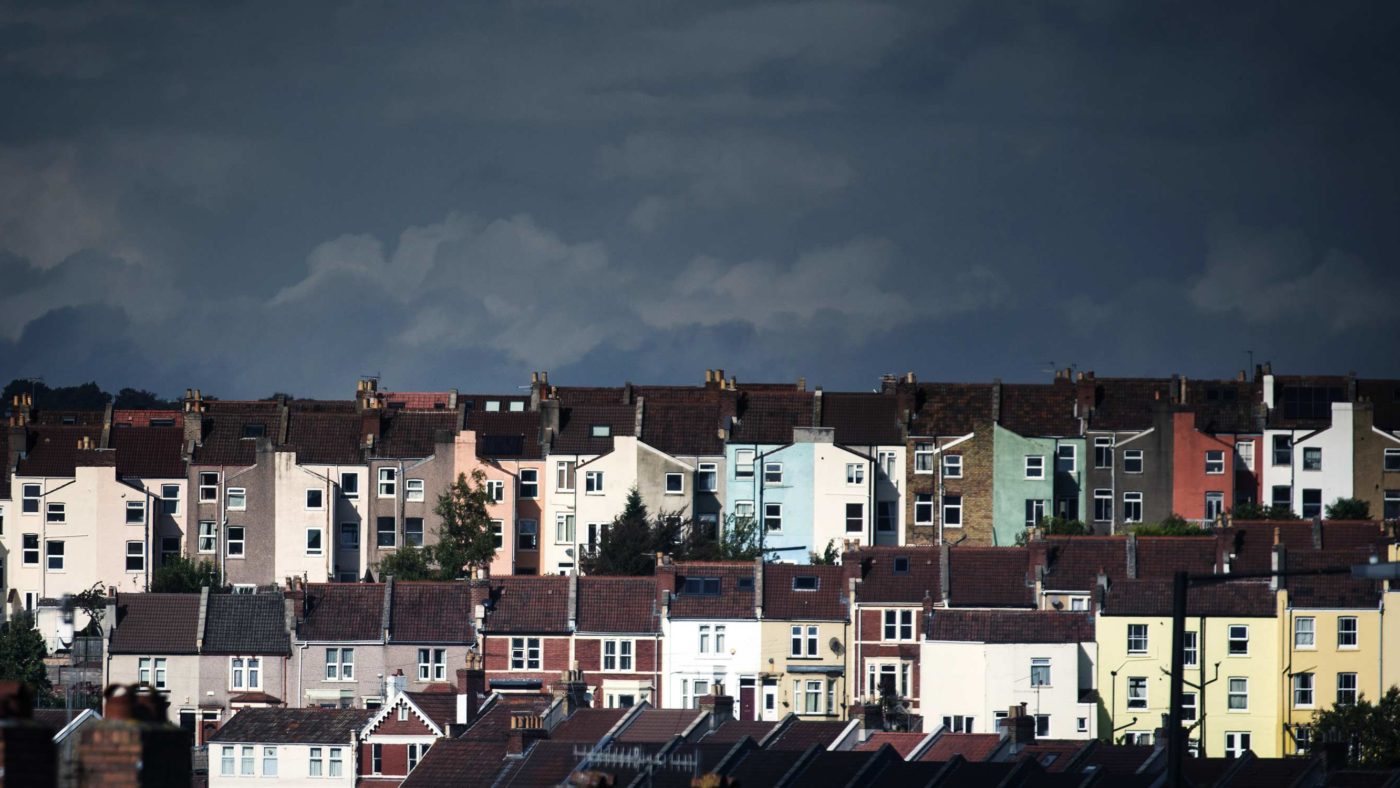House prices are generally quite pro-cyclical: they tend to go up when the economy is doing well, and they tend to stagnate or fall when the economy is doing badly.
With this in mind: by how much, would you guess, have UK house prices fallen during the current, pandemic-induced recession? Bear in mind how unusual the current situation is. Not only has the recession been unusually severe, with GDP falling by a whopping 10% in 2020, but it has also been accompanied by an acceleration of the shift towards homeworking, which has the potential to divert housing demand away from expensive urban centres. And it has been accompanied by a large fall in net migration, which had already started after the EU referendum, and has accelerated since the beginning of the pandemic. Everything seems to have conspired to create the conditions for a large house price contraction.
And yet: between January 2020 and January 2021, house prices in the UK actually increased by 7.5%, to a nationwide average of £250,000. They are highest in the most popular parts of the country: the regional average stands at £275,000 in the south west of England, at over £310,000 in the east, at over £342,000 in the south east, and at over £500,000 in London. One wonders what it would take for house prices in the UK to fall. Maybe an asteroid that was projected to wipe out most of Britain within a couple of months would do the trick, although even then, it would probably shave no more than a few percentage points off. And the Government would probably immediately respond by launching another demand-side subsidy scheme to prop up prices.
How are we doing on the supply side, though?
At the end of last year, Housing Secretary Robert Jenrick bragged about how, under his watch, housebuilding numbers had risen to the highest level in over 30 years. He is not wrong. The problem is that housebuilding levels in Britain have been so depressed for the last few decades that what counts as a “record level” in Britain is still pitifully low by international standards.
Just look at the stats: in 2018, Britain completed 225 new housing units per 100,000 inhabitants. The equivalent figure was 40% higher in Denmark, 60% higher in Germany, 70% higher in the Netherlands, 100% higher in Belgium, 170% higher in Norway, and 200% higher in France.
We can also look at a more forward-looking measure, namely the number of housing units for which the construction process has started, rather than been completed. But that does not change much. The number of housing starts per 100,000 people is about 30% higher in Spain, 40% higher in Denmark, 80% higher in the Netherlands, 90% higher in Germany, 150% higher in Belgium, 170% higher in Norway and 190% higher in France.
Since Britain has been a laggard on housebuilding for decades, total housing supply is, unsurprisingly, much lower than in comparable countries. The number of housing units per 100,000 people is 17% higher in Ireland, 25% higher in the Netherlands, 28% higher in Denmark, 33% higher in Belgium and Norway, 42% higher in Germany, around 50% higher in France, Austria and Spain, and over 60% higher in Italy and Portugal. These figures are not adjusted for space, but we know from earlier datasets that what little housing gets built in Britain is unusually tiny, so it is safe to say that space-adjusted housing supply figures would show an even greater discrepancy between Britain and its neighbouring countries.
Konrad Adenauer, the first post-war West German chancellor, reportedly once said that people who own a detached house rarely become revolutionaries. Whether he actually said that or not, his government certainly acted upon it, facilitating large-scale housebuilding as a means to promote political and social stability (as well as, presumably, for the more self-interested motive of winning votes). The dictum also holds in reverse: if you deliberately wanted to alienate an entire generation and turn them against the market economy, creating a severely supply-constrained housing market like the British one is exactly the way you would do it.
There is no shortage of ideas for how to address the problem, from densifying the suburbs by allowing entire streets to opt out of the planning system if its residents so choose, to selective greenbelt reform around major transport hubs. It is not that complicated. We don’t need to “build back better”. We just need to start building anything at all.
Click here to subscribe to our daily briefing – the best pieces from CapX and across the web.
CapX depends on the generosity of its readers. If you value what we do, please consider making a donation.


